A growing number of chefs around the world are borrowing techniques, recipes and ingredients from Cantonese cuisine, and using them subtly or overtly in dishes as diverse as Italian, Turkish, German and Japanese.
Chefs taking inspiration from other cultures is, of course, nothing new, but other cuisines have dominated global gastronomy, from French and Spanish to New Nordic and Japanese.
Chinese cooking approaches have largely remained cloistered, staying within Chinese kitchens. Few Western chefs have trained in kitchens cooking Cantonese or other regional Chinese cuisines, or integrated their influences into their cooking. But this is now changing.
Tim Raue, in Berlin, Germany, was one of the first European chefs to fuse Asian and European cuisine at the fine-dining level when he opened his eponymous, now two-Michelin-star hot spot, in 2010. Still today he is famed for his contemporary takes on dim sum, such as dumplings with bamboo mushroom, scallop and parsley, featuring on his menus.
Alain Ducasse focused on earning a third Michelin star for Macau restaurant
Alain Ducasse focused on earning a third Michelin star for Macau restaurant
David Muñoz, three-time winner of “the world’s best chef” accolade in The Best Chef Awards, was another front runner, opening what is now his three-Michelin-star DiverXO, in Madrid, Spain, in 2007. Muñoz even named his restaurant after Hong Kong’s beloved XO sauce after he “fell in love” with it more than two decades ago.
XO sauce is an increasingly popular Cantonese export with many chefs using or being inspired by the condiment. At Matera, in Singapore, German chef Bjoern Alexander, who previously worked under Raue, cooks modern Italian with Chinese and Japanese accents and serves a dish of whole red prawn with sesame bread and his home-made XO sauce.
Nordic hot spot Noma, the Copenhagen-based, five-times winner of the World’s Best Restaurant award by World’s 50 Best Restaurants, has created a vegan XO sauce of smoked pumpkin, dried tomatoes, rose and wild peppercorns for its home-cooking range, which is available online.

These borrowings may be inspiring chefs and tantalising new palates around the world, but what does it mean for Cantonese cuisine? In the face of the continued urbanisation of Hong Kong, and the city’s upcoming full integration with the mainland, some have expressed fear that Cantonese cuisine may be lost, or its authenticity diluted.
With international chefs now using elements of Cantonese cuisine in their own dishes, will this muddy the boundaries of Cantonese food, and threaten its existence or purity?
For chef Andrew Wong, of London’s A.Wong, the only two-Michelin-star Chinese restaurant outside Asia, defining what traditional Cantonese food is in the first place can be difficult, as it is a cuisine that has been a “sponge” of other regional Chinese cuisines and colonial influences over its history.
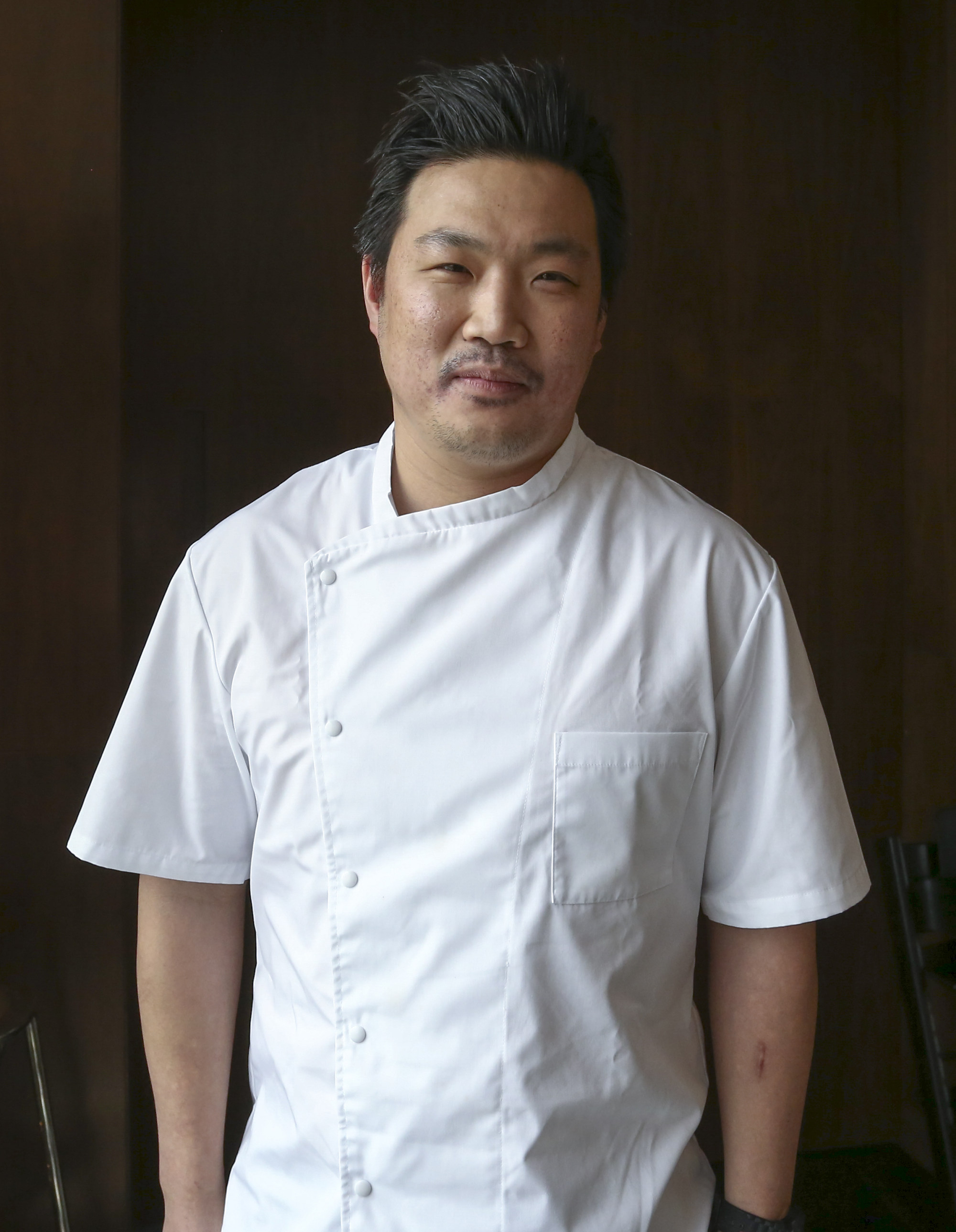
The concept of “traditional” is also not easy to demarcate – definitions may change depending on whether it is referring to cooking technique, ingredients or recipes. Defending the authenticity of Cantonese cuisine therefore seems misplaced.
“For me, dim sum is the purest form of technique and skill in the Cantonese repertoire, and I feel that while people are trying to allow for expression, they’re also policing an imaginary boundary of what’s acceptable,” says Wong in an episode of XO Soused, a podcast about techniques and dishes from a professional Chinese kitchen.
“I try not to think about how much purity there is, rather how much of what is generally considered ‘traditional Cantonese cuisine’ will we see in intern international cuisine in 30 years: how many chefs in Spain, Italy or Latin America are using Cantonese recipes and techniques, such as for soya braised chicken, braised beef tripe or Peking duck, or are using water chestnut starch, tapioca starch, sweet potato flour in their cooking.”
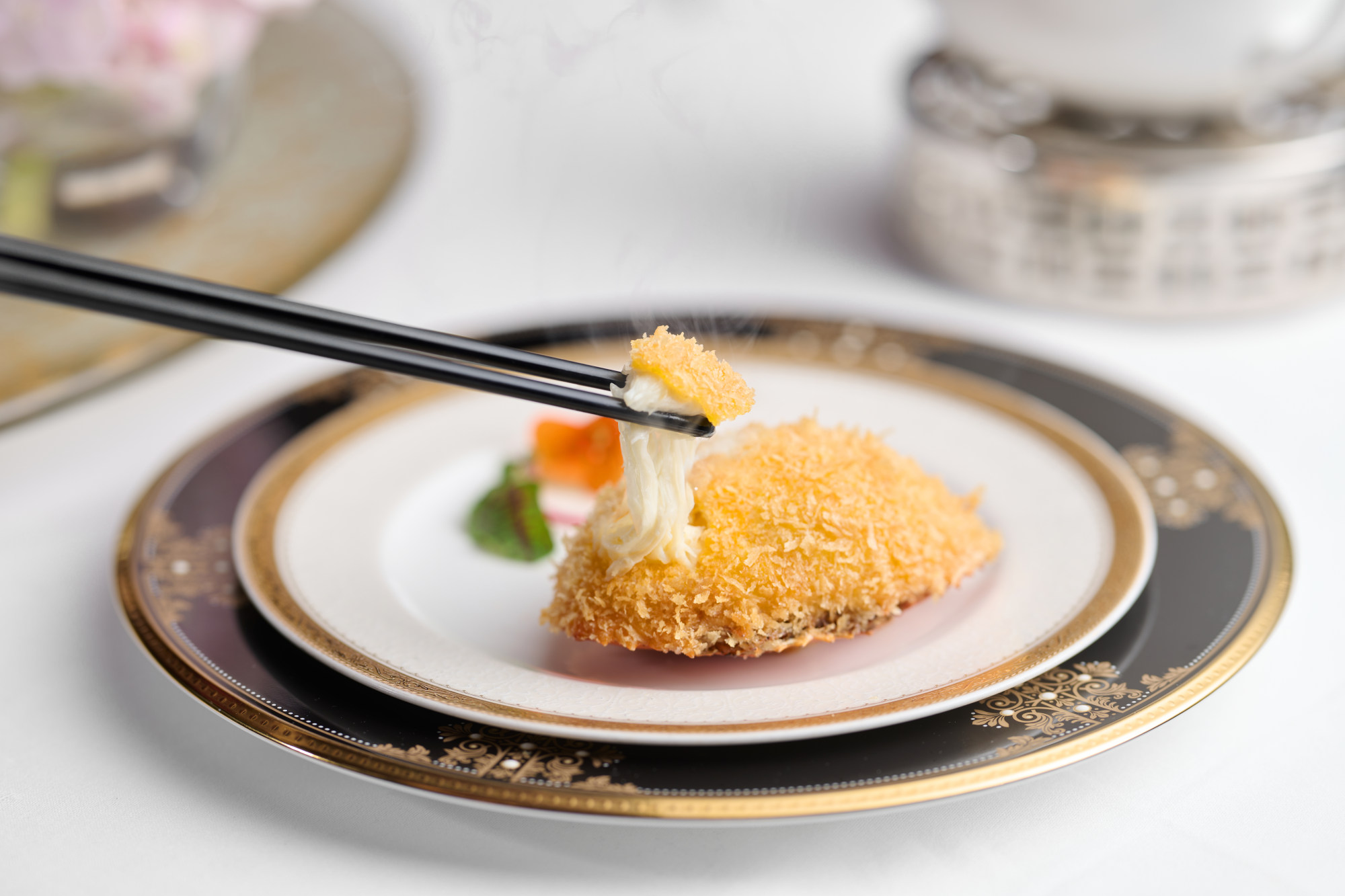
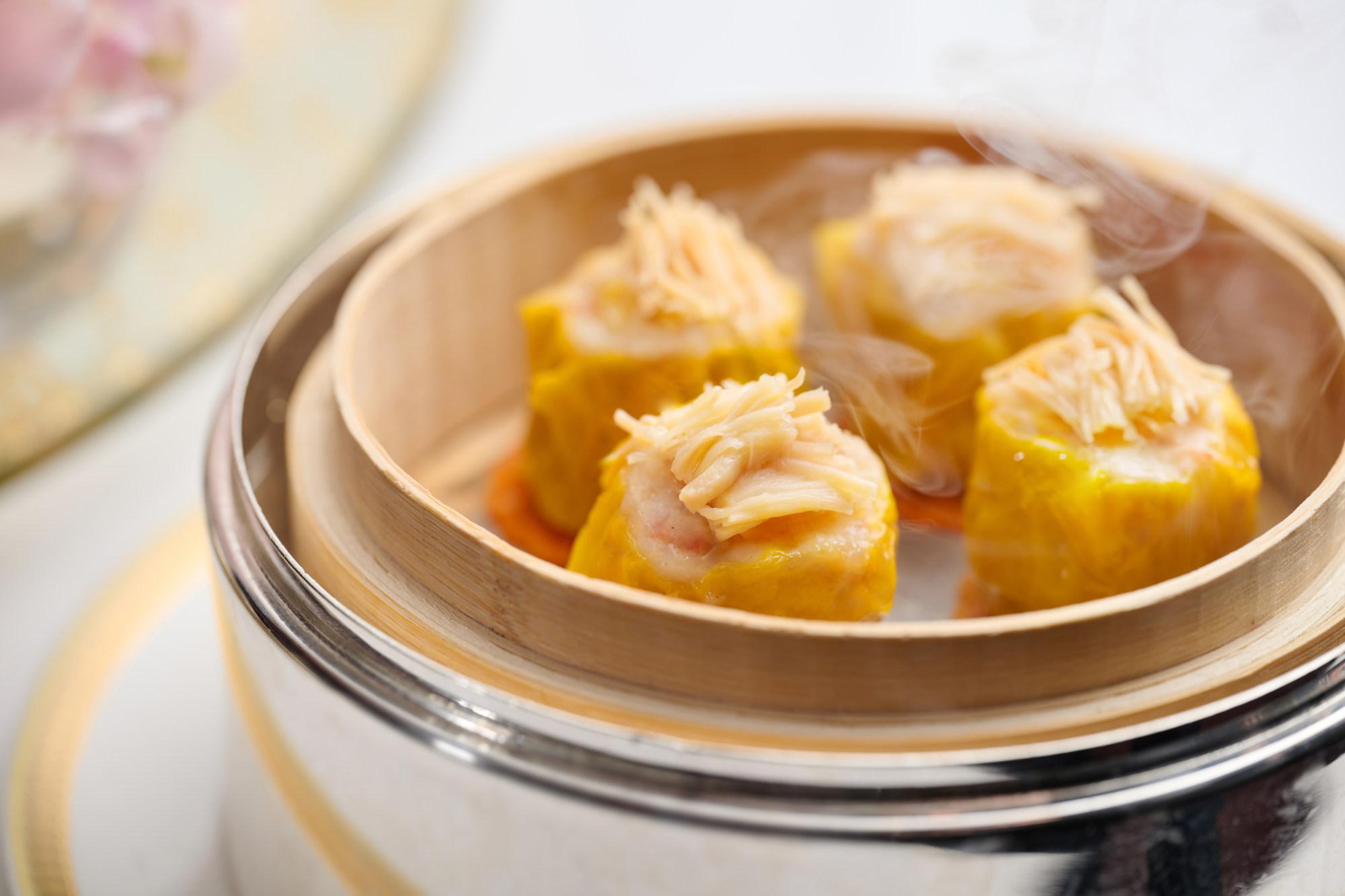
Executive Chinese chef at three-Michelin-star T’ang Court Wong Chi-fai, who has been with the Langham Hotel restaurant since joining as a junior chef overlooking the steamers nearly two decades ago, says he perceives a stereotype about Cantonese cuisine.
“People believe that it should be and only can be classic and traditional, while I believe that innovative thinking or contemporary style can bring in more variety and possibilities to Cantonese cuisine,” he says.
“I see many young talented Chinese chefs trying to bring in more ideas because they’ve seen the world, much more than what we saw when we were at their age 20 or even 30 years ago. And it’s not for chefs to say whether it’s the right approach or not – guests and the market will tell you.”

For Wong, authenticity and innovation can work in tandem, complementing each other.
“Variety shouldn’t be the enemy of traditions. The market tends to look for new ideas or creations, but it doesn’t mean traditional style is diluted or less important, in fact, it makes classic dishes even more precious and significant,” he says. “At T’ang Court we stick to traditional recipes and techniques for guests who appreciate classic style, and we will continue to do so to keep the heritage.”
Jacky Chung Chi-keung, executive Chinese chef at Yue, at the Sheraton Hong Kong Tung Chung, in Lantau, is equally untroubled by chefs – whether Chinese or not – taking Cantonese cooking in new directions.
“It’s not only inspiring but also brings me joy to see Cantonese cooking techniques becoming increasingly popular worldwide,” he says. “The rise in popularity signifies a growing appreciation for the delicate flavours, precise techniques and artistry that Cantonese cuisine embodies. It’s a testament to the richness and diversity of Chinese culinary traditions and serves as a bridge for cultural exchange through food.”
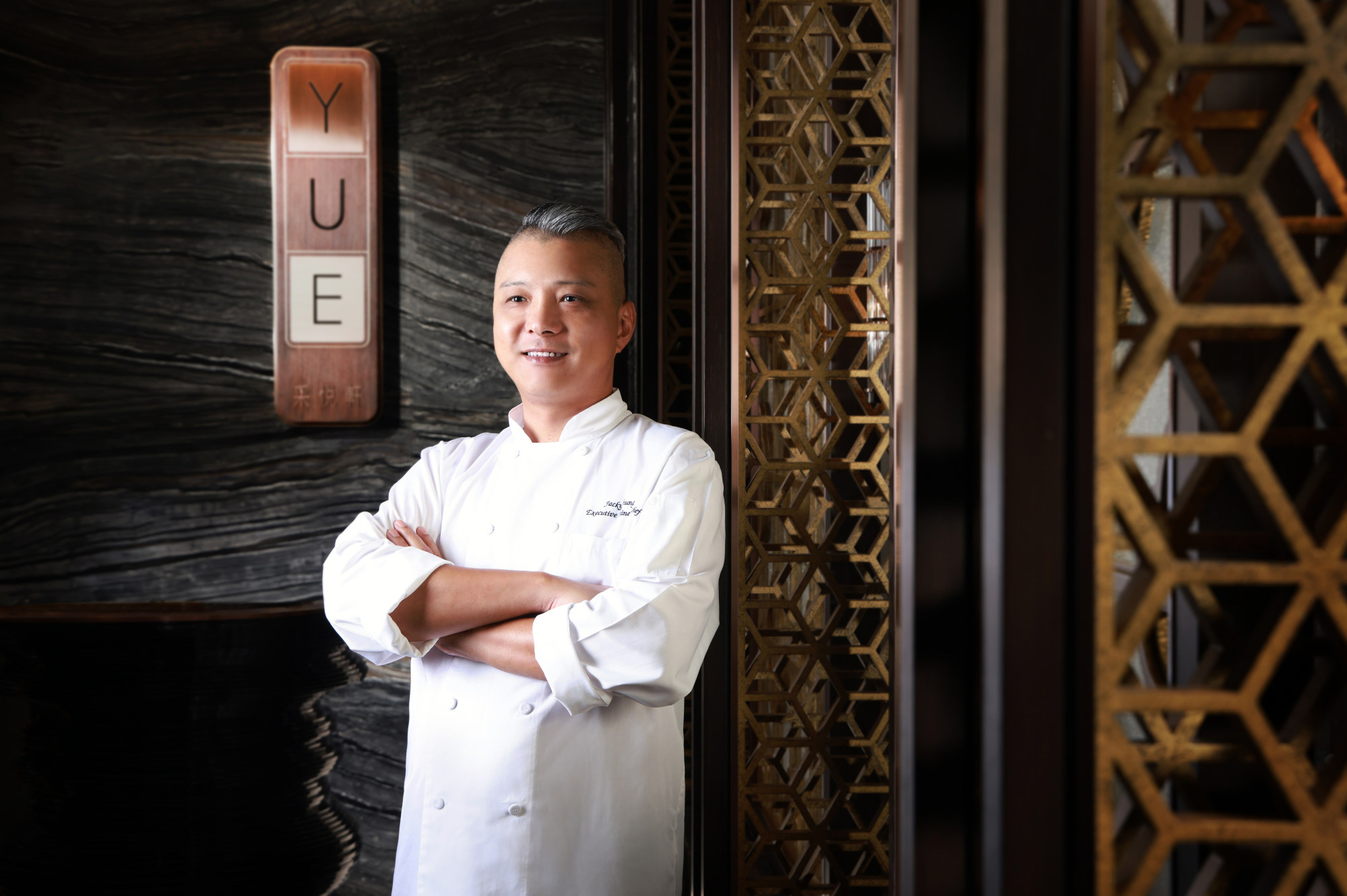

It is certainly from a position of appreciation that Cozzolino adopted a Cantonese (although originally from northern China) technique to cook his pigeon. He lived in Hong Kong for five years, working as chef de cuisine at the much-loved Italian restaurant Grissini, at the Grand Hyatt Hong Kong. During breaks, he would spend time in the kitchens of the hotel’s Cantonese restaurant, watching the chefs prepare the ducks.
“Hong Kong is a piece of my heart, I feel like maybe I am half Cantonese, and living there gave me the opportunity to become international, to open my mind,” he says. “I’m a proud Italian so I can’t change my cooking method too much, but being in Hong Kong made me try things I never thought possible.”

While in Hong Kong the chefs blended soy sauce, honey, mirin and vinegar for their baste. Cozzolino swaps some of the ingredients for Italian products including olive oil and vermouth sourced from nearby Prato, which is spiced with local fruits.
Ducks for roasting can be repeatedly brushed with glaze and cellar-hung for as long as 48 hours, but for the smaller birds, Cozzolino reduces the time by about half. He then roasts the pigeons and glazes them with the same mixture. The technique brings a marked crispness to the birds’ skin.
“What I learned from Cantonese cuisine didn’t change my method, but improved it,” he says.

Tutak, who also helms Turk Fatih Tutak, Turkey’s only two-Michelin-star restaurant, like Cozzolino lived and worked in Hong Kong, as well as Beijing and Qingdao, and developed a deep appreciation for regional Chinese cuisines.
On travels through China, he was particularly struck by the Uygur food of Xinjiang, in China’s northwest. The Uygurs are a Turkic ethnic group that originate from Central and East Asia and the cuisine retains strong links to Turkish tradition.
Inspired by the cuisines of the Silk Road, Gallada explores the links between Chinese and Turkish food, and Tutak integrates a range of approaches from across China, including Cantonese. The kitchen has a steam oven and sections for Cantonese-style dumplings and for wok cooking, for dishes such as crispy beef dumplings with spicy butter and umami yogurt, and wok-fried lamb liver with pepper and potato.
“Technical skills are very high in Cantonese cuisine, I’d say even more so than in Japanese or French. It’s difficult to make Cantonese dishes perfect,” says Tutak. “We learned to make dumpling dough from the Chinese chefs at the Peninsula hotels in Hong Kong, Paris and London, then I created our own more modern and simple stuffings with high quality ingredients.”
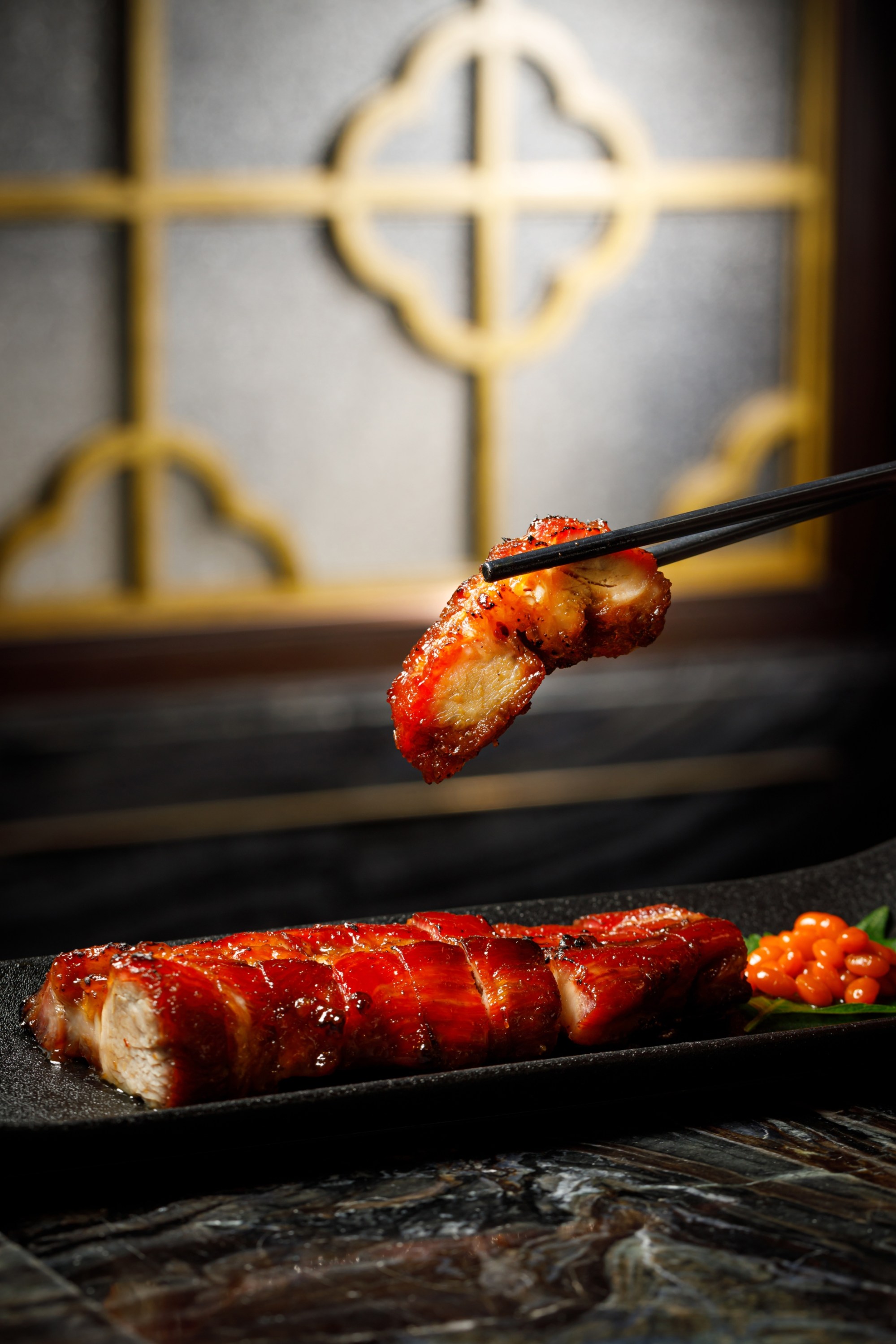
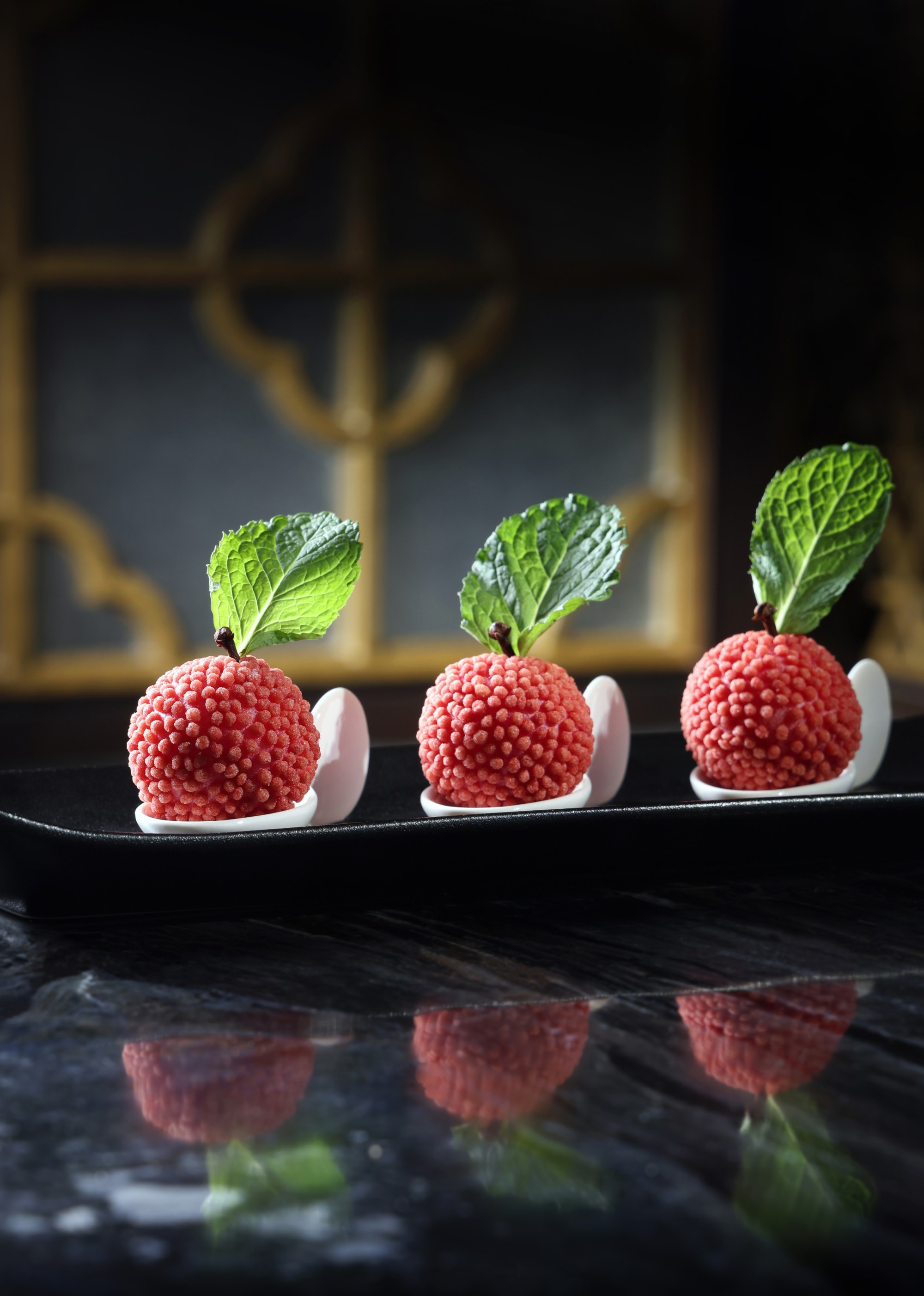
The restaurant also does its own fermenting for sauces and condiments such as chilli oils, chilli pickles and fish sauce garum. Tutak also makes his own XO sauce, called TurkXO; because Jinhua ham and Shaoxing wine are hard to find in Turkey, he uses alternative meats, which he combines with dried seafood, chillies, garlic and onion.
“Our Chinese guests love it,” he says.
Cantonese cuisine has a history that spans more than 1,000 years, evolving over the centuries by absorbing influences from other food cultures. Its increasing presence in fine-dining kitchens around the world shows evolution in the other direction – other food cultures now borrowing its techniques and recipes. Neither need be seen as a threat.
“Cantonese cuisine’s deep-rooted history, unique characteristics and global recognition provide reassurance that it will endure and remain a significant culinary tradition for years to come,” says Chung.

